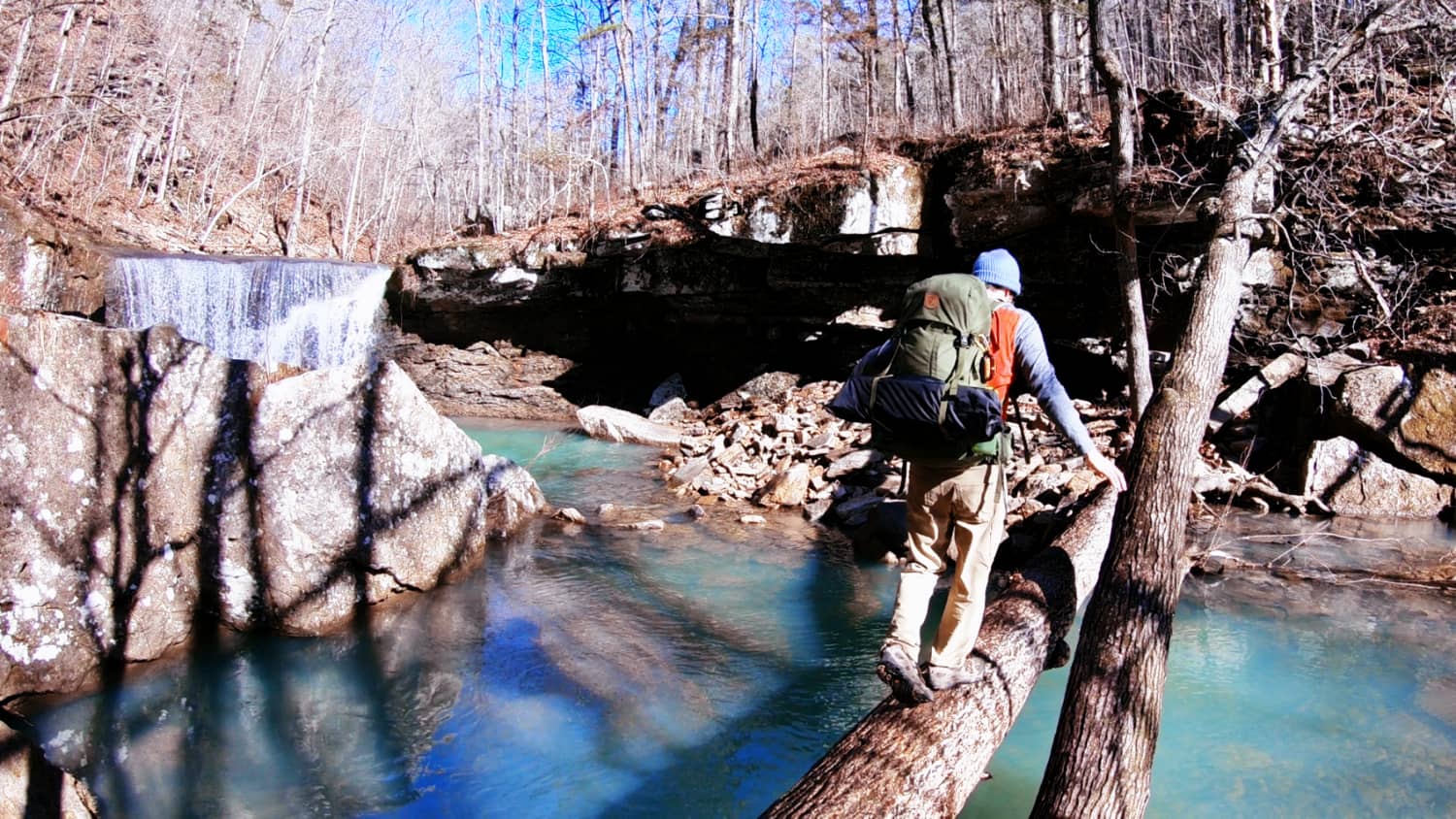 One of Evagrius’s lesser known writings is his Letter to Melania. A “Desert Mother,” Melania managed a monastery in Jerusalem and is credited with inspiring Evagrius to embrace a monastic life in the Egyptian desert. In this eloquent and tender letter, Evagrius expounds on some of his mystical, “gnostic” insights–he had come to understand creation itself as a love letter, chronicling God’s desire for us. “Just as those who teach the alphabet to children trace the letters on tablets, so too, Christ, in order to teach his wisdom to the rational beings, has inscribed it into corporeal nature” (Harmless, William. Mystics. Oxford ; New York: Oxford University Press, 2008,
154.).
One of Evagrius’s lesser known writings is his Letter to Melania. A “Desert Mother,” Melania managed a monastery in Jerusalem and is credited with inspiring Evagrius to embrace a monastic life in the Egyptian desert. In this eloquent and tender letter, Evagrius expounds on some of his mystical, “gnostic” insights–he had come to understand creation itself as a love letter, chronicling God’s desire for us. “Just as those who teach the alphabet to children trace the letters on tablets, so too, Christ, in order to teach his wisdom to the rational beings, has inscribed it into corporeal nature” (Harmless, William. Mystics. Oxford ; New York: Oxford University Press, 2008,
154.).
This past weekend, to mark the beginning of this year’s lenten journey, a group from Christ Church, Little Rock ventured into the Richland Creek Wilderness area to read, mark, and inwardly digest God’s love letter. We made camp at the Sandstone Castle, a natural rock shelf cut into the Ozark mountains, speckled with caves and hidden grottos. The Castle was reportedly a popular hideout for outlaws and Civil War deserters. Like Evagrius and the early Christian desert dwellers, we claimed these caves as our “cells,” within which we slept, ate, and gathered to pray in the evenings and celebrate the Eucharist on Sunday morning. A short, but steep, walk south led us to Twin Devil Falls, where we enjoyed Saturday afternoon in silence. Some of us spent the time tracing animal trails, clambering over streams and across fallen logs. Others found caves to rest and mediate in. And some sat and read by the falls.
That evening we gathered around a fire at the mouth of our communal cave to reflect on the experience. We talked about Evagrius’s eight thoughts–acedia, sadness, pride and the rest–sharing our encounters of their frequent “comings and goings” throughout the day, and the challenges they presented in our quest to more clearly see God in each other and our surroundings: The pangs of hunger, or the discomfort of our aching legs (gluttony), the occasional pining for those we left behind to come on this journey (sadness), to the temptations of the “noonday demon” to find a better cave to meditate in (acedia). We all seemed to recognize, though, that the backdrop to these fleeting thoughts was God’s ever-present love. We could read the love letter in the trout lilies on the trail and in the hoot of the owls in the night, in the intricate natural architecture of ancient shale and wind-carved sandstone, in the sprinkle of cool rain on our faces, and in the gentle eddies in the twists and turns of the streams. God was surely with us in the wilderness.
As you begin your lenten wilderness journey, may you learn to read the letter God has written for you. It is all around–inscribed within God’s very creation. It transcends temptation, and endures worldly distractions. And it is always about love.
This post is part of the Desert Prayers Project, a component of my doctoral thesis work through Virginia Theological Seminary.